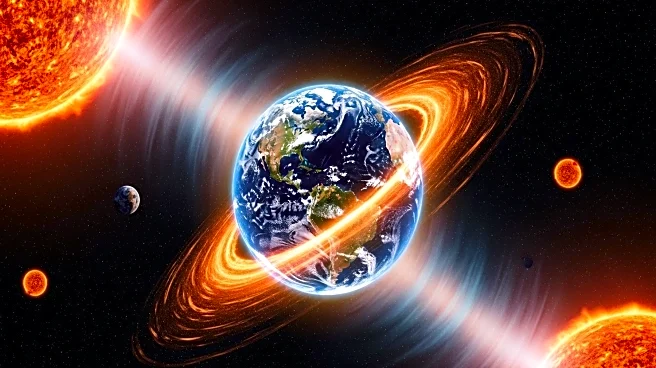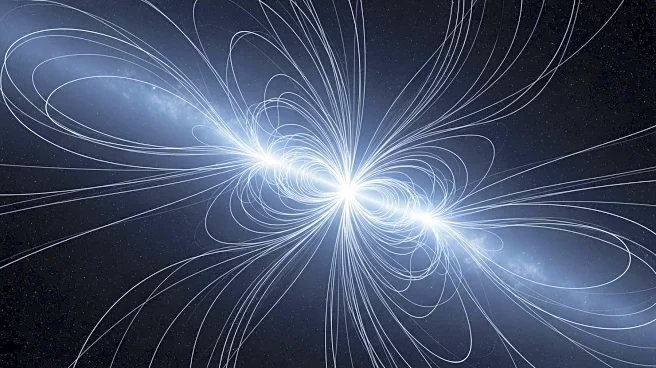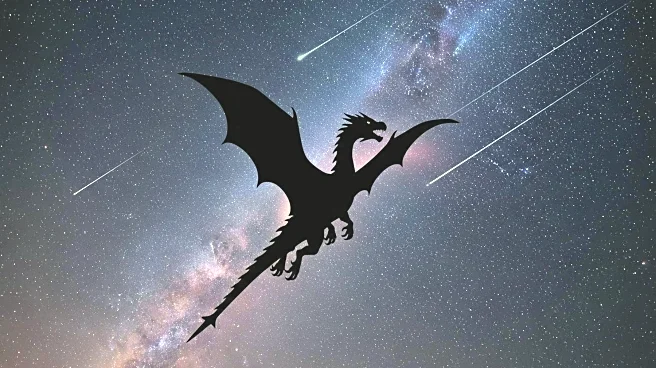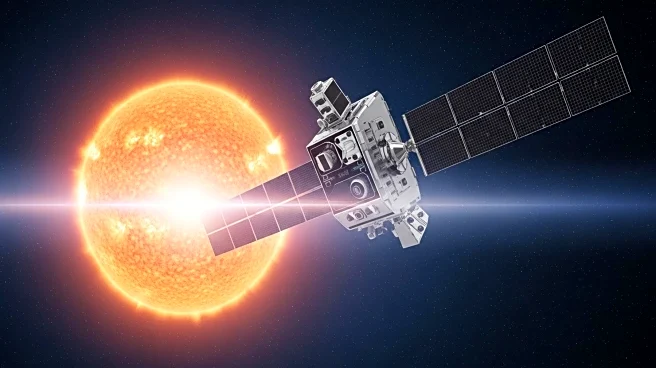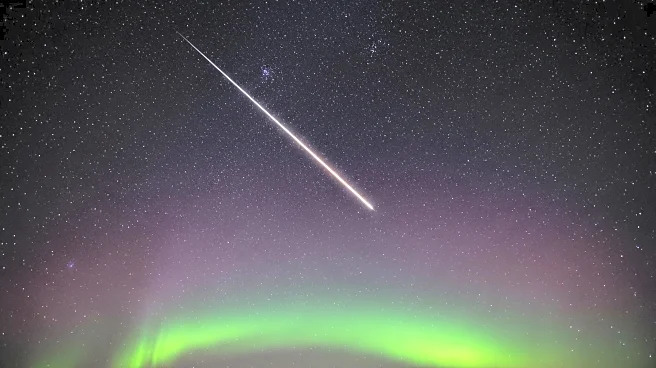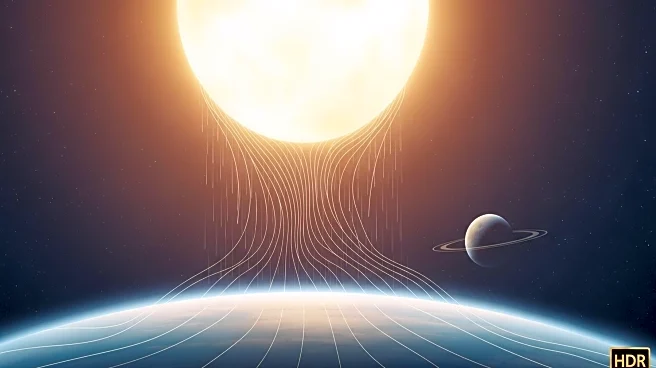What's Happening?
Astronomers have raised concerns about the current state of space weather detection systems, highlighting their inadequacy in predicting potentially dangerous solar events. A study published in The Astrophysical Journal reveals that smaller solar phenomena, known as 'flux ropes,' can lead to significant shifts in the Sun's plasma and magnetic fields, potentially triggering coronal mass ejections (CMEs). These CMEs can damage satellites, GPS systems, and even disrupt electricity grids. The researchers argue for the establishment of a new constellation of spacecraft dedicated to monitoring solar activity, which would provide a more comprehensive view of space weather events.
Why It's Important?
The implications of inadequate space weather detection are significant, as CMEs can have widespread effects on critical infrastructure. Disruptions to satellites and GPS systems can impact communication, navigation, and various industries reliant on these technologies. Additionally, electricity grid failures can lead to economic losses and affect daily life. The proposed constellation of spacecraft could enhance early warning systems, potentially mitigating the impact of geomagnetic storms. This development is crucial as the Sun is currently in a period of intense solar activity, increasing the likelihood of such events.
What's Next?
The researchers suggest the creation of the Space Weather Investigation Frontier (SWIFT), a constellation of satellites designed to capture signals from multiple directions. This system would consist of four probes arranged in a pyramid formation, enhancing space weather warnings by 40%. The implementation of SWIFT could provide more accurate predictions and allow for better preparation against geomagnetic storms. Stakeholders, including government agencies and industries reliant on satellite technology, may need to consider investing in improved detection systems to safeguard infrastructure.
Beyond the Headlines
The study highlights the need for a paradigm shift in how space weather is monitored, emphasizing the importance of multi-directional observation. This approach could lead to advancements in understanding solar phenomena and improve predictive models. The ethical dimension involves ensuring that technological advancements are used to protect public infrastructure and prevent economic disruptions. Long-term, this could lead to increased collaboration between international space agencies to develop comprehensive space weather monitoring systems.


